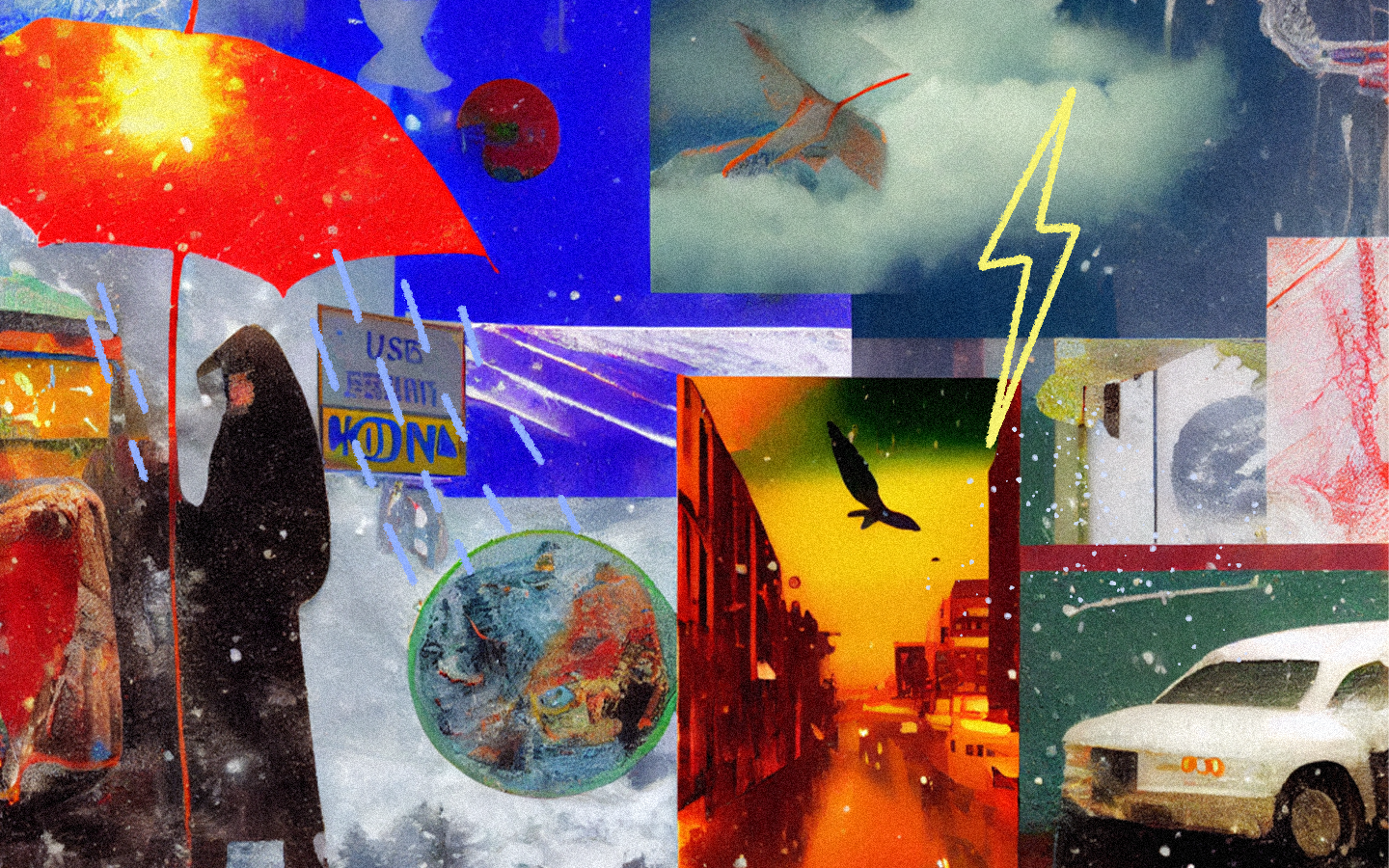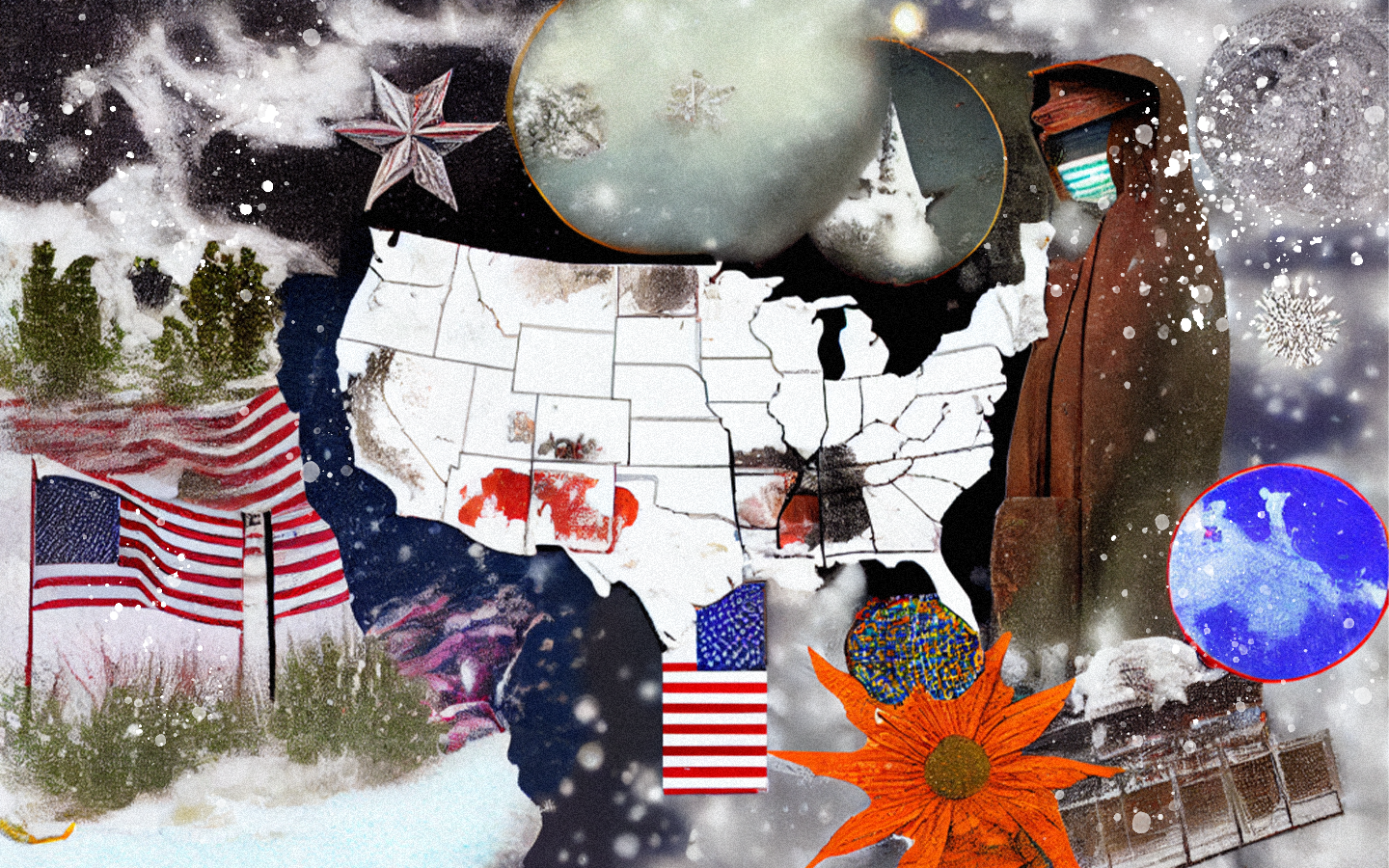Extreme cold swept across the United States this winter, while Europe had almost spring-like weather during the Christmas holidays. And last year’s continent-wide drought is likely to come back. We discussed the questions of weather and climate change with Erik Kovács. Interview.
Even laymen could observe that winters are becoming mild in Europe while North America frequently experiences extreme cold. What is the meteorological reason behind this phenomenon? To what extent does climate change play a role in it?
Over the past few decades, there has indeed been an increasing divergence between Europe’s and North America’s winter weather. Although there is no clear scientific consensus on whether the cause of this observation is the intensifying global warming and, more broadly, climate change, a growing number of researchers and climatologists believe that what we experience now is already the beginning of a dramatic transformation. There are several reasons behind the colder and snowier winters in North America. For instance, the meeting of warming ocean and seawater and the cold air coming from the north causes brutal snowfall on land every year. Other climate mechanisms also affect winters, such as the impact of climate change on polar vortexes and air currents. Major research institutes have only begun to explore these connections in the last ten years, and we cannot yet claim for sure that the weakening fluctuation of the polar cortex is the main culprit. We need more data, measurement, and research to be sure. However, there is already evidence that global warming is reducing the temperature and pressure difference between the polar and tropical air masses, which weakens the so-called polar jet stream and causes the cold and warm air masses to be repositioned. So, while our winters are becoming milder and wetter, North America is experiencing colder winters. Whereas Europe is gradually positioned frontward in the system, America is on the reverse. This is already the result of climate change.

In one of your articles, you pointed out that Europe is facing a drought not seen for 450 years and that 2023 will be no easier. What role does climate change play in this phenomenon? Can we talk about the impact of global warming when we look at the damage caused by the drought in Europe?
It is now almost certain that global warming was the key factor behind the drought and heatwaves of 2021 and 2022. The causes of 2022’s extreme heat and drought have to be searched in the developments of 2021; that year, a significant change from previous years began. During the so-called La Niña phenomenon, the eastern part of the Pacific Ocean starts to cool down extremely. In Europe, much of 2021 and 2022 was considerably warmer and drier than average due to the extreme La Niña, climate change, and weakening jet streams. The lack of precipitation was particularly problematic: Because the evaporation from the Pacific was insufficient, the northern temperate climate regions, which already lack humidity, did not get enough water vapor via the warm conveyor belts which connect the tropics to the westerlies. And even what did arrive was not able to become saturated due to the very high temperatures, as the higher the temperature, the more water vapor is needed for condensation and cloud formation. The accumulated but unsaturated water vapor in the atmosphere has triggered a strong greenhouse gas effect and further increased heat and precipitation deficits. Of course, La Niña is not the sole cause, other macro-circulation and climate processes, such as persistent and sharp jet stream oscillations or a gradual rise in ocean temperatures, were also needed.

Jet streams are air currents in the middle and upper troposphere at mid-latitudes flowing west to east. A jet stream’s speed is at least 30-40 m/s. In general, low-pressure air masses near the ground (cyclones that cause rain) follow the direction of this mid-tropospheric (approximately 5000 m) current, with a speed of about half the speed of the base current. Climate change is causing them to weaken and fluctuate. The hot, dry periods were also caused by blocking anticyclones; they bring plenty of sunshine and weeks of calm, hot weather during the summer. They are slow to disappear and reluctant to „move;” they may prolong the summer by 1-2 months in the future. But there are also some local effects. The soil has been continuously drying out since 2021, so the system could not absorb enough moisture through the plants. We should be prepared for more 2022-like hot and dry summers in the future unless countries do not reduce their GHG emissions significantly.
On an economic level, how can such droughts be tackled in Hungary and the Central European region? We have had a lot of precipitation over the winter; can we store it somehow? Or is an entirely new approach to water management the solution?
There are plenty of opportunities, which I hope the country will soon take advantage of. A solution must be found as soon as possible for targeted surface water and groundwater storage, and new technologies must be applied to use water resources for agricultural and drinking-water supply; it is needed for both. Another solution is the storage of precipitation with the building of stormwater storages. The various forms of surface water retention are the most effective means of protecting ourselves from the negative impacts of climate change. In addition to irrigation, developing a water retention scheme would be the best solution to mitigate drought damages in the region. Finally, a solution may be to move arable cultivation from arid to less dry regions, in the case of Hungary, for example, from the Great Hungarian Plain to the Little Hungarian Plain and the flat parts of Transdanubia. It should be kept in mind that agriculture’s environmental and climatological conditions are constantly changing if Hungary wants to keep its agricultural self-sufficiency and market share in the coming decades. But we still have choices in a considerable part of the production and cultivation processes. The future of thriving agriculture is based on digitalization and robotization, so basically on precision tools. But it is important not only to utilize but also to care for and value the soil of our country!

Erik Kovács, Dr. graduated from the University of West Hungary with a Master's degree in Geography and then obtained his Ph.D. at the Doctoral School of Environmental Sciences at Eötvös Loránd University, graduating summa cum laude. He specialized in environmental geosciences, in particular climate research and agroclimatology. He is a senior researcher at the Climate Policy Institute in Budapest.

Valentine’s Day beyond the kitsch

The history of the Easter Island ecosystem in the focus of Fuzzy Earth’s new exhibitions










